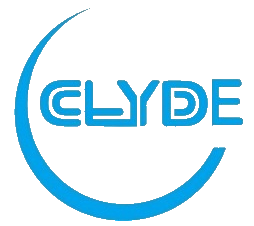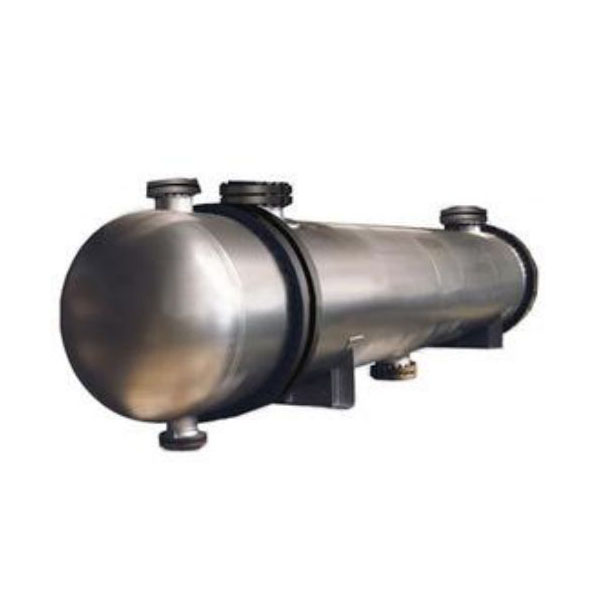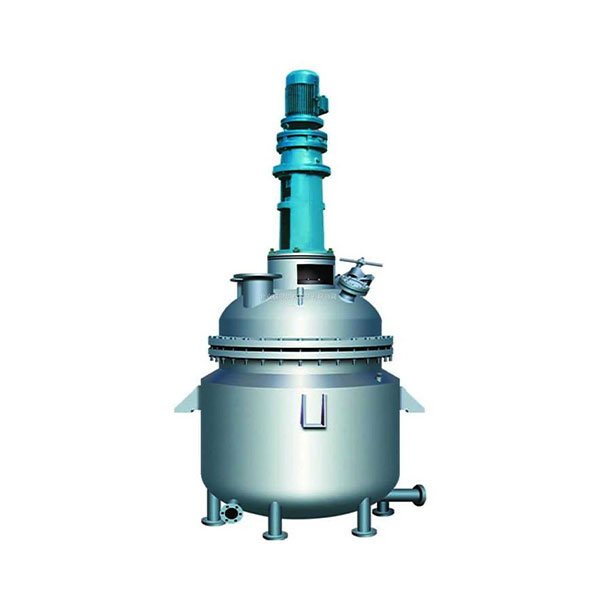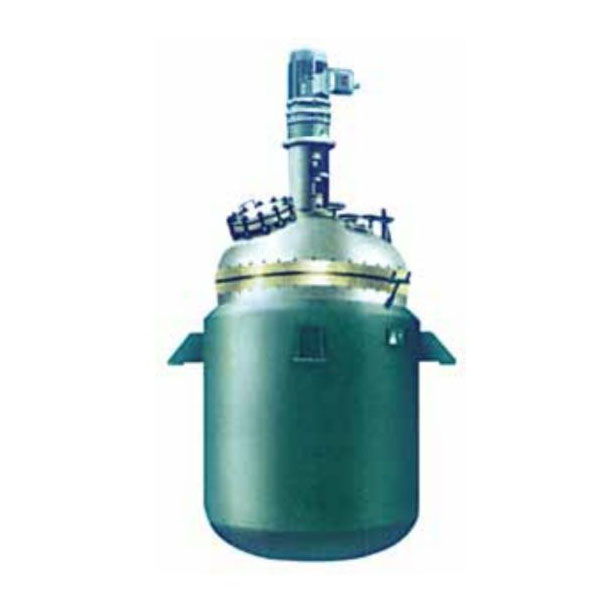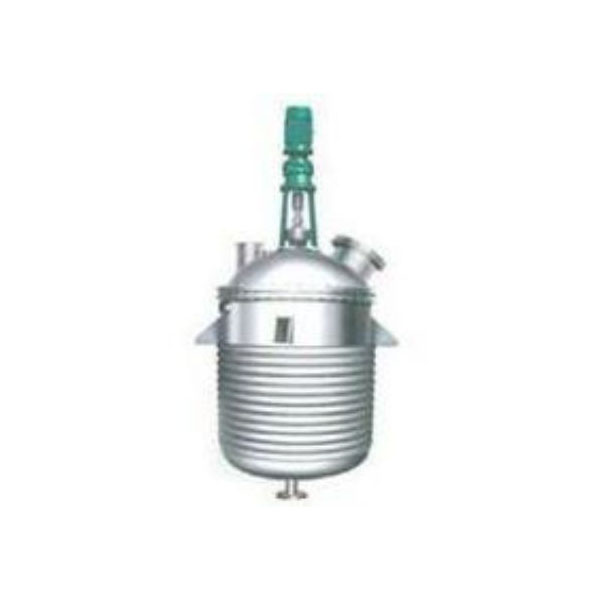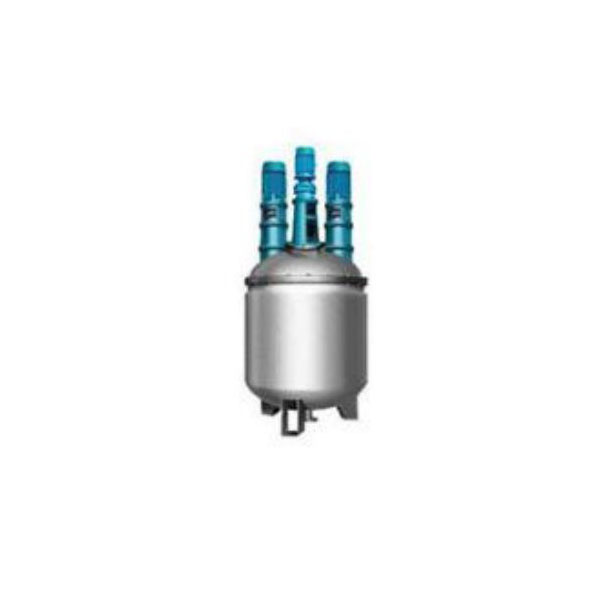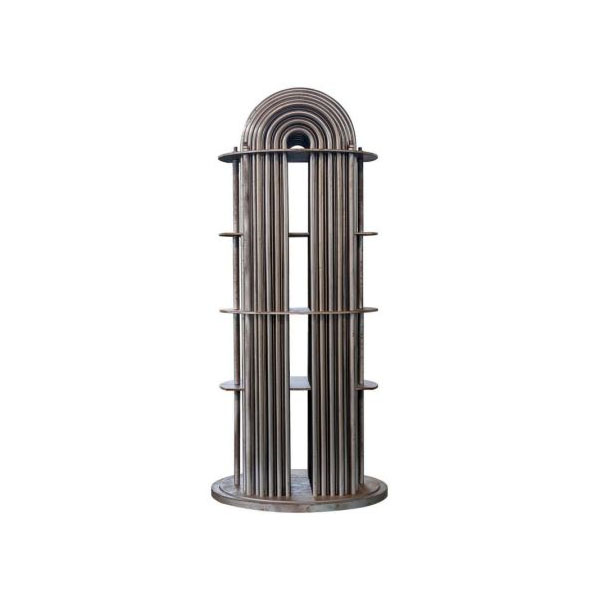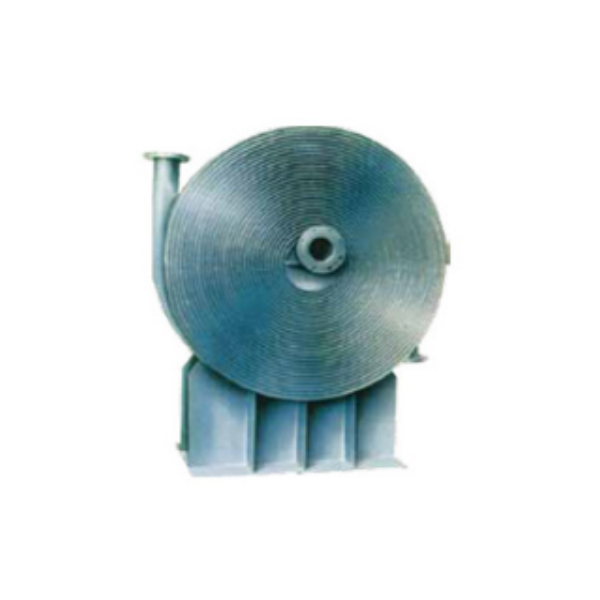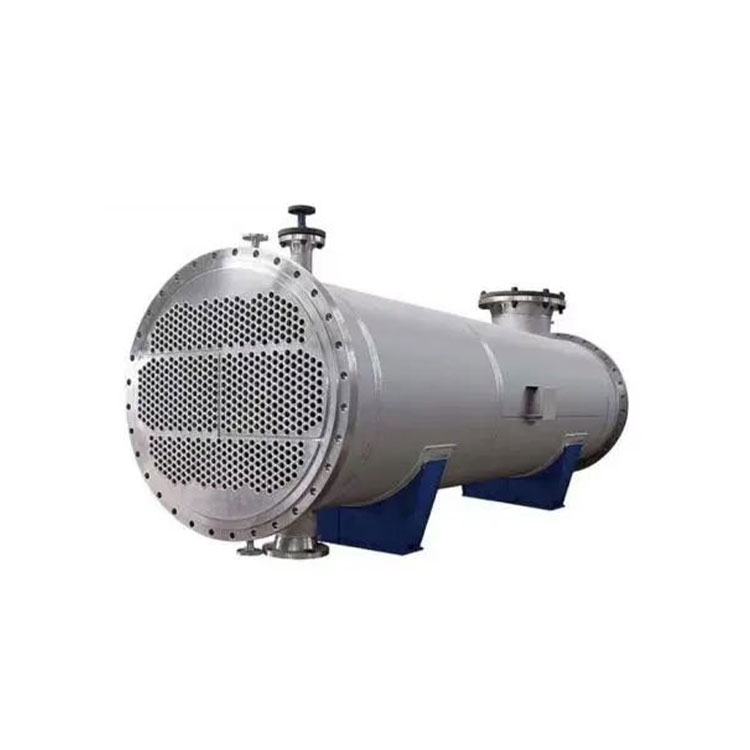01
Half coil tube heating reaction kettle
description
Compared with the commonly used jacket reactor in China, the outer half tube heating stainless steel reactor has many advantages.
1. Reduce the wall thickness of the kettle and improve its load-bearing capacity.
2. Beneficial for improving heat transfer efficiency. It can both improve the heating system and reduce thermal resistance.
3. Save energy consumption. The ratio of jacket volume to half pipe volume is used to reduce investment. Reducing the overall diameter of the reactor body is beneficial for workshop layout.
4. Save steel.
The operating temperature of the reaction kettle is relatively high, and usually chemical reactions can only be carried out under certain temperature conditions, so the reaction kettle bears both pressure and temperature. There are usually several methods to obtain high temperatures:
1. When water heating requires a low temperature, it can be used. There are two types of heating systems: open and closed. The open type is relatively simple, consisting of a circulating pump, water tank, pipeline, and a regulator that controls the valve. When using high-pressure water, high mechanical strength is required for the equipment. The outer surface of the reactor is welded with a snake tube, which has a gap between the snake tube and the reactor wall, increasing thermal resistance and reducing heat transfer efficiency.
2. When the steam heating temperature is below 100 ℃, steam below atmospheric pressure can be used for heating; Within the range of 100-180 ℃, use saturated steam; When the temperature is high, high-pressure superheated steam can be used.
3. When heating with other media, if the process requires operation at high temperatures or to avoid using high-pressure heating systems, other media can be used instead of water and steam, such as mineral oil (275-300 ℃), biphenyl ether mixture (boiling point 258 ℃), molten salt (140-540 ℃), liquid lead (melting point 327 ℃), etc.
4.Electric heating wraps the resistance wire around the insulation layer of the reaction vessel or installs it on a specially designed insulator at a certain distance from the reaction vessel, thus creating a small spatial gap between the resistance wire and the reaction vessel. The first three methods of obtaining high temperature all require adding a jacket on the kettle body. Due to the large amplitude of temperature changes, the jacket and shell of the kettle are subjected to temperature changes, resulting in temperature difference pressure. When using electric heating, the equipment is lightweight and simple, the temperature is easy to adjust, and there is no need for pumps, furnaces, chimneys, and other facilities. It is also easy to start, with low danger and cost. However, the operating cost is higher than other heating methods, and the thermal efficiency is below 85%. Therefore, it is suitable for heating temperatures below 400 ℃ and places with lower electricity prices.
specification
|
Working Volume |
Full Volume(L) |
Vessel diameter(mm) |
External coil heat transfer area(m2) |
Inner coil heat transfer area(m2) |
Motor(kw) |
|
500L |
550 |
900 |
2.438 |
2 |
2.2 |
|
1000L |
1100 |
1100 |
2.867 |
2.6 |
4 |
|
1500L |
1650 |
1200 |
3.537 |
3.1 |
4 |
|
2000L |
2200 |
1300 |
4.165 |
3.8 |
5.5 |
|
3000L |
3300 |
1500 |
5.569 |
5.4 |
7.5 |
|
6000L |
6600 |
1800 |
10.323 |
8.7 |
15 |
|
10000L |
11000 |
2200 |
50.345 |
10.9 |
22 |
|
20000L |
22000 |
2400 |
101.679 |
13.8 |
55 |
